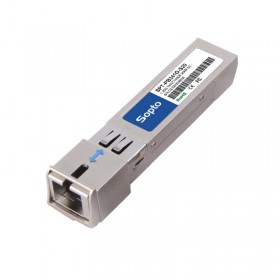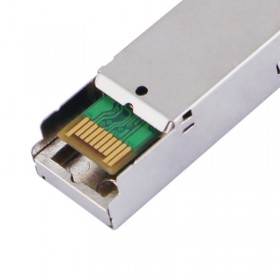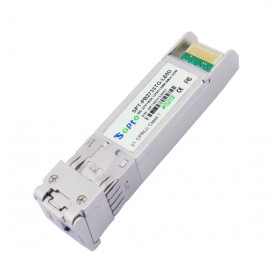- Fiber Optic Transceiver Module
- High Speed Cable
- Fiber Optical Cable
- Fiber Optical Patch Cords
- Splitter CWDM DWDM
- PON Solution
- FTTH Box ODF Closure
- PCI-E Network Card
- Network Cables
- Fiber Optical Adapter
- Fiber Optical Attenuator
- Fiber Media Converter
- PDH Multiplexers
- Protocol Converter
- Digital Video Multiplexer
- Fiber Optical Tools
- Compatible
- Can SFP+120KM be available? ...
- Why the price has so huge di...
- Can XFP transceiver modules ...
- Must optical fiber jumper be...
- Is there a module which can ...
- Can different brands SFP tra...
- How long will you change you...
- The difference between DDM S...
- Comparison of EPON and GPON
- Should we use 3rd party’s ...
- How to make differences betw...
- What is Drop Cable?
- Comparison of CWDM and DWDM ...
- GEPON Technology
- Differences of OM1, OM2, OM3...
- What is the armored fiber op...
- What is DAC cable?
- How to Choose A Right Fusion...
- Why Using a Compatible SFP O...
- Optical fiber transmission l...

What is the difference between SFP and SFP+?
SFP is Small Form-factor Pluggable, can be as simple as the upgrade version of the GBIC. The size of SFP module is half of the GBIC’s. SFP can be configured on the same panel with more than double the number of ports. SFP’s other functions are similar to the GBIC transceivers’. Some switch manufactures called SFP modules miniaturizations GBIC (Mini-GBIC).
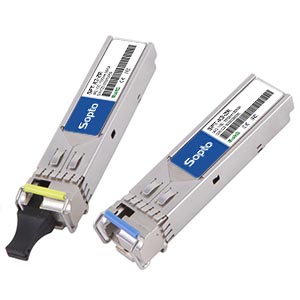
SFP
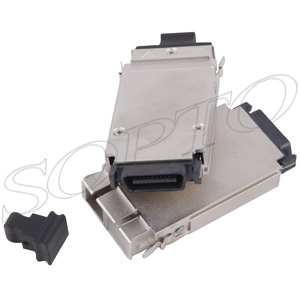
GBIC
SFP is most often used for Fast Ethernet of Gigabit Ethernet applications. They are capable of supporting speeds up to 4.25Gbps.
SFP+ can be referred to as an expansion of the SFP standard. It supports speed of 10Gbps or even higher over fiber. SFP+ also supports 8G Fiber Channel and 10G Ethernet applications.
SFP + has the same appearance with SFP. SFP + has high density, low power consumption, lower cost of system construction and other advantages. SFP + transceiver module is widely used in 10G Ethernet optical fiber communication field, and is one of the main products in 10G modules.
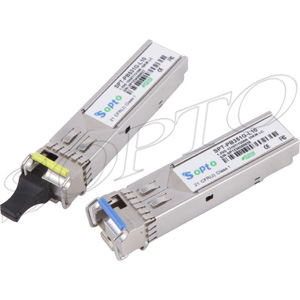
SFP+
SFP protocol specifications are based on IEEE802.3 and SFF-8472, while SFP + fiber optic transceivers comply with the protocol based on the IEEE 802.3ae, SFF-8431 and SFF-8431.
The design of SFP+ modules enhances the electromagnetic shielding and signal protection features, and developed a new electric interface specification.
For more information, please visit sopto.com or email to sales@sopto.com.
Tags: differences between SFP and SFP+,Mini GBIC modules



